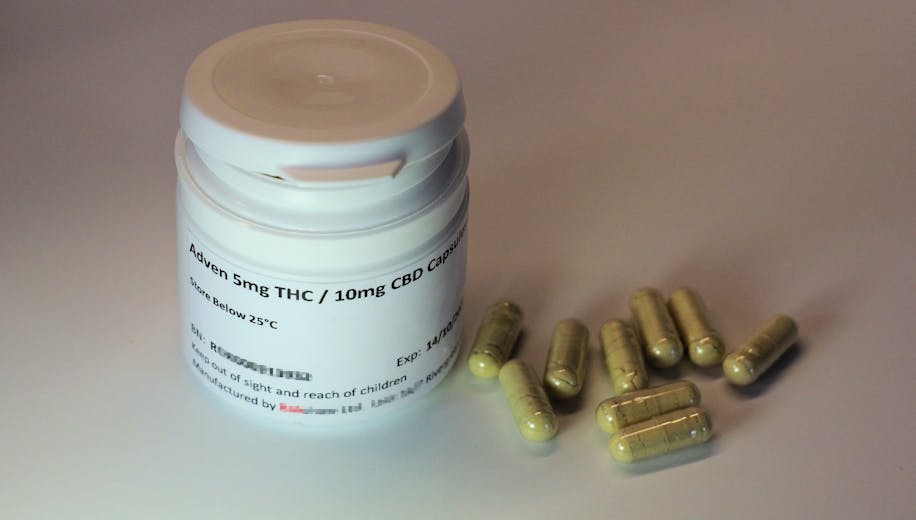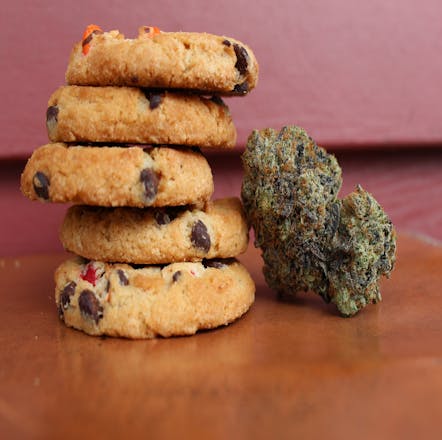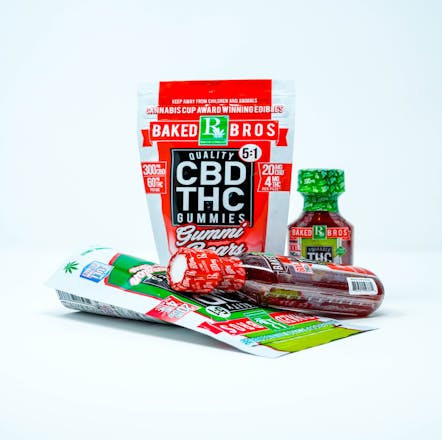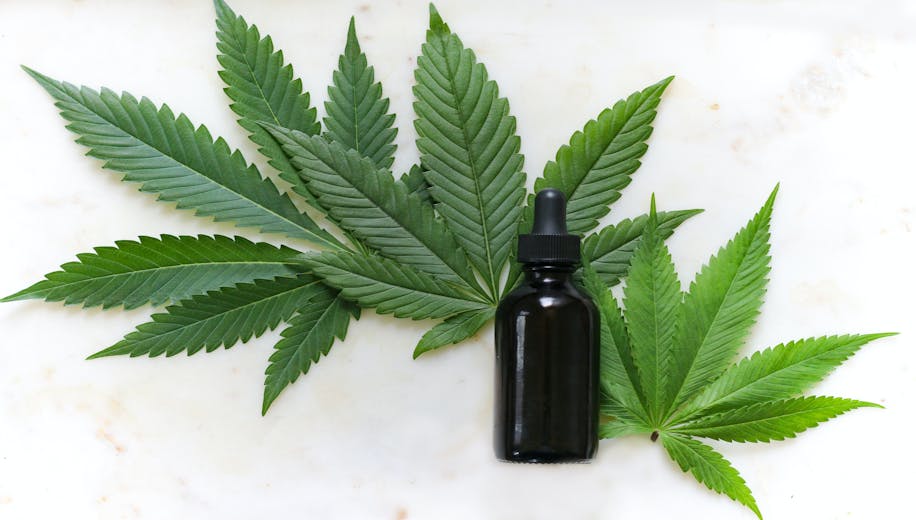
Show Me the Medical Marijuana Treatment List!
One of the first questions everyone always asks when they hear of medical marijuana and consider it as a sort of pain relief is obviously, what is the medical marijuana treatment list?
Texas Qualifying conditions include:
- Post-traumatic stress disorder (PTSD)
- Epilepsy
- Seizure disorders
- Amyotrophic lateral sclerosis (ALS)
- Multiple sclerosis
- Spasticity
- Cerebral palsy
- Parkinson's disease
- Cancer
- Autism
- Other incurable neurodegenerative diseases
Qualifying for medical cannabis in Texas involves some relatively basic steps:
- The patient must be a Texas resident with a valid state ID.
- The patient must have a qualifying condition for medical marijuana in Texas, with proof of diagnosis from your physician.
- The patient must have a prescription from a physician who is state-approved and registered to prescribe medical marijuana.
Medical Marijuana Treatment (MMT) is a form of treatment that uses medical marijuana to treat a variety of conditions. MMT is not a new concept and has been used for thousands of years by many cultures around the world. The use of marijuana for medical purposes dates back to ancient China, where it was used as a pain reliever, an appetite stimulant, and even as a treatment for tuberculosis. The first documented use of marijuana for medical purposes in the United States occurred in 1942 when President Franklin D. Roosevelt signed the Marijuana Tax Act into law. This act made the possession and sale of marijuana illegal.
In recent years, many states have passed laws allowing the use of marijuana for medical purposes. In 1996, California became the first state to legalize the use of marijuana for medical reasons. Since then, 23 other states have legalized the use of marijuana for medical treatment. These states include Arizona, Alaska, Colorado, Hawaii, Maine, Maryland, Massachusetts, Michigan, Montana, Nevada, New Jersey, New Mexico, New York, Oregon, Rhode Island, Vermont, Washington, and Washington D.C.
And of course, Texas.
Marijuana can be used for medical treatment in a variety of ways. There are several different forms of medical marijuana, including:
- Oil
- Capsules
- Edibles
- Topical
- Tinctures
Oil
Oil is the most common form of medical marijuana, and is often administered orally. This form of marijuana contains the highest concentration of THC (tetrahydrocannabinol), the active ingredient in marijuana that produces the high. THC acts directly on the body's endocannabinoid system, which is responsible for regulating pain, mood, and appetite. Because THC acts directly on the endocannabinoid system, it does not require metabolization, unlike other forms of medical marijuana. This means that you can take a small dose of oil, and feel its effects immediately. The effects last up to 8 hours, and can be felt for up to 24 hours after taking the oil.


Capsules
Capsules are another form of medical marijuana, but they are designed to be taken sublingually. This means that they are placed under the tongue, and absorbed through the lining of the mouth. Sublingual administration of marijuana is a fast acting method of administration. It also allows for very accurate dosing, since the dose is only absorbed once it reaches the bloodstream. Capsules are also effective for patients who suffer from nausea or vomiting.



Edibles
Edibles are another form of medical marijuana. They are typically eaten as a snack, or incorporated into a meal. Edibles contain lower concentrations of THC, and therefore produce fewer psychoactive effects. Edibles can be very helpful for patients who suffer from nausea, and can help them to avoid the negative side effects of some other forms of medical marijuana. Edibles are also a great way to administer medical marijuana to children, since they don't have to eat as much as adults.


Topical
Topical is another form of medical marijuana, and can be applied to the skin. This form of marijuana is commonly used to treat pain and inflammation. Topical marijuana can be applied to any part of the body, and is particularly helpful for patients who suffer from pain in their joints. Topical marijuana is also useful for treating skin conditions such as psoriasis and eczema.
Tinctures
Tinctures are another form of medical marijuana that is administered by placing drops under the tongue. Tinctures are usually made from the whole marijuana plant, but can also be made from concentrates. Tinctures are often used to treat a variety of conditions, including insomnia, anxiety, depression, pain, and nausea. Tinctures can also be used to treat skin conditions such as acne and psoriasis.


© Cannabis MD Clinic 2022
The advantages of medical marijuana:
There are many benefits to using medical marijuana for treatment. Many patients who use marijuana report feeling calmer, more relaxed, and less anxious. Medical marijuana can also help with pain relief, especially chronic pain. Patients who suffer from chronic pain can use medical marijuana to help them cope with the pain, and reduce the need for pain medication.
Patients who suffer from nausea and vomiting can also benefit from medical marijuana. The high doses of THC contained in marijuana can help to reduce the nausea, and allow patients to eat without worrying about throwing up.
Finally, patients who suffer from anxiety and panic attacks can also benefit from medical marijuana treatment. Many patients report that marijuana helps them relax and reduce their anxiety.
Are you in pain and want to try something that actually works?
Are you diagnosed with one of the qualifying conditions on the medical marijuana treatment list?
Here at Cannabis MD Clinic, we can help you get some relief today!
Call (281) 240-2211 to book your appointment.
Thanks for choosing Cannabis MD Clinic.

